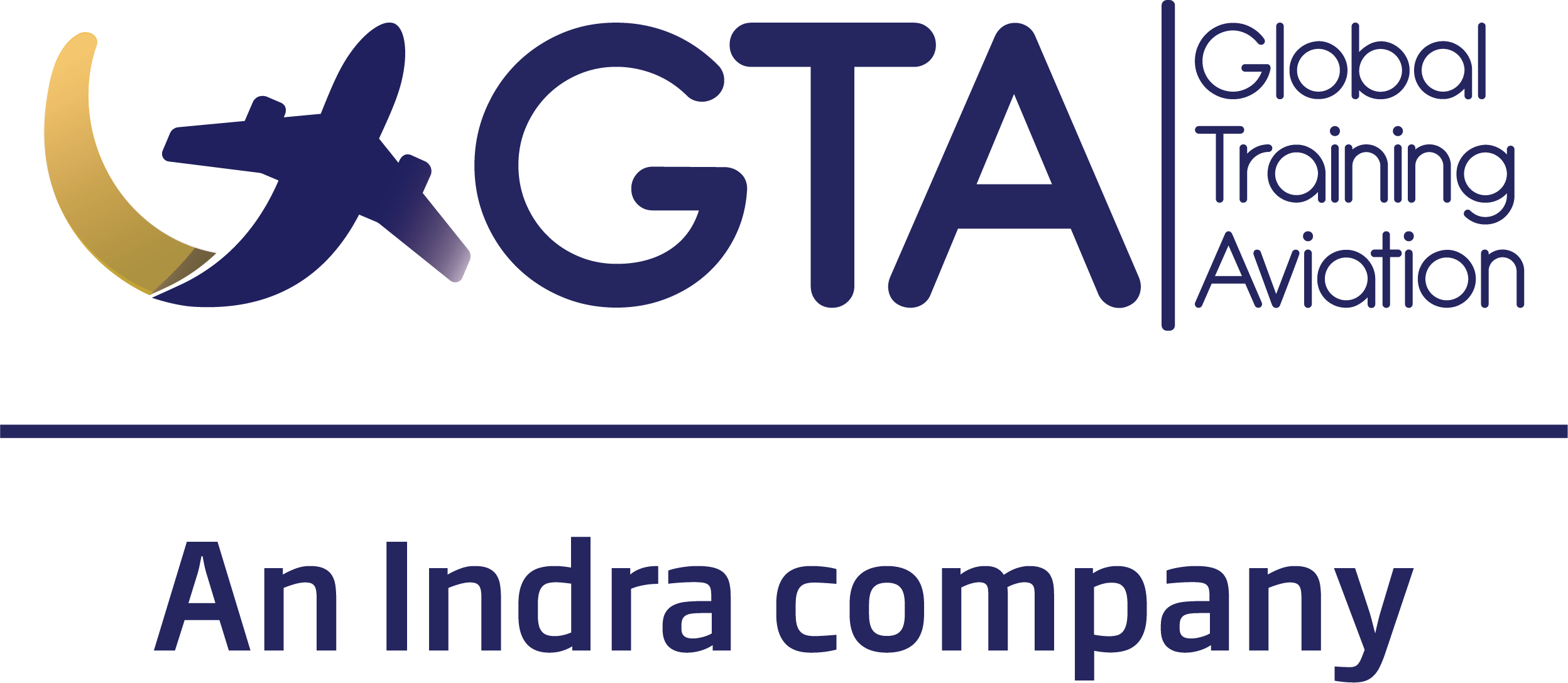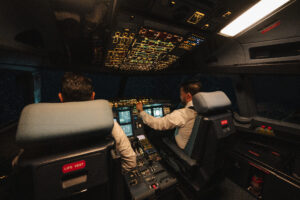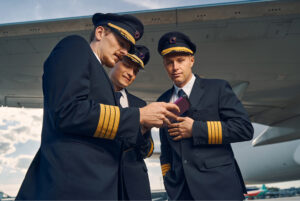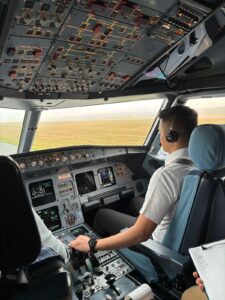Avionics are at the core of modern aviation, driving the functionality and safety of aircraft. From navigation systems to in-flight communication, avionics technology plays an essential role in ensuring smooth operations for both pilots and cabin crew. In this article, we delve into the world of avionics, exploring their significance, key components, and how they shape the performance of aircraft like Airbus and Boeing.
What Are Avionics?
The term “avionics” refers to the electronic systems used in aircraft, spacecraft, and satellites. These systems cover a wide range of functionalities, including:
- Navigation: Ensuring precise routes and positioning.
- Communication: Facilitating interaction between pilots, air traffic control, and cabin crew.
- Monitoring systems: Providing real-time data on engine performance, fuel levels, and other critical metrics.
- Flight control systems: Assisting pilots in managing the aircraft’s stability and movements.
In essence, avionics are the nerve center of any modern aircraft, ensuring every flight is efficient, safe, and reliable.
The Role of Avionics in Aircraft Operations
Avionics are indispensable to pilots and their ability to handle complex aircraft like Airbus A320 or Boeing 737. They support:
- Enhanced situational awareness: Advanced displays provide pilots with critical information in an easy-to-digest format.
- Automation: Autopilot systems reduce workload during long-haul flights, allowing pilots to focus on decision-making.
- Weather monitoring: Avionics provide real-time updates on weather conditions, helping pilots plan alternate routes if necessary.
For cabin crew, avionics support in-flight announcements, safety systems, and passenger comfort through entertainment controls.
Key Avionics Systems in Modern Aircraft
Modern aircraft are equipped with an array of avionics systems, each with its specific purpose:
- Flight Management Systems (FMS): Integrated tools for route planning, fuel management, and navigation.
- Automatic Dependent Surveillance-Broadcast (ADS-B): Enhances tracking and communication with air traffic control.
- Terrain Awareness and Warning Systems (TAWS): Prevents collisions with terrain or obstacles.
- Cockpit Displays: Glass cockpits with digital screens replace traditional analog instruments, improving clarity and reducing errors.
These systems are especially critical in sophisticated aircraft from manufacturers like Airbus and Boeing, where precision and safety are paramount.
Avionics and Pilot Training
For pilots, understanding avionics is a vital component of training. Modern pilot training programs emphasize:
- Simulation exercises: Trainees practice using avionics systems in flight simulators to prepare for real-world scenarios.
- System diagnostics: Learning how to troubleshoot avionics issues during flight.
- Advanced navigation techniques: Using GPS, radar, and FMS to plan and execute efficient routes.
Mastery of avionics is crucial for pilots operating commercial aircraft, ensuring they can handle any situation that arises mid-flight.
The Impact of Avionics on Cabin Crew Operations
While pilots rely heavily on avionics for navigation and control, cabin crew also benefit from these systems in their daily roles:
- Passenger communication: In-flight announcement systems allow for clear, effective messaging.
- Safety protocols: Avionics aid in detecting smoke or fire in cargo areas and deploying safety measures.
- Passenger comfort: Entertainment systems controlled via avionics enhance the overall travel experience.
Cabin crew training often includes basic familiarization with avionics to ensure smooth operation during flights.
Innovations in Avionics: Shaping the Future of Aviation
The aviation industry continues to innovate, and avionics technology is at the forefront of these advancements. Some key trends include:
- Next-generation autopilot systems: Offering increased precision and reliability.
- Integrated satellite communication: Enabling better global connectivity for both crew and passengers.
- AI and machine learning: Automating diagnostics and improving predictive maintenance.
- Eco-friendly avionics: Reducing fuel consumption and emissions through optimized flight paths.
Manufacturers like Airbus and Boeing are leading the charge, equipping their latest aircraft models with cutting-edge avionics to meet evolving industry demands.
Avionics are the technological backbone of modern aviation, ensuring safety, efficiency, and seamless communication across all facets of flight operations. Whether you’re a pilot managing advanced navigation systems, a cabin crew member delivering exceptional service, or a passenger enjoying in-flight comfort, avionics touch every aspect of air travel.
As aviation continues to evolve, the role of avionics will only grow, driving innovations that shape the future of the industry.







